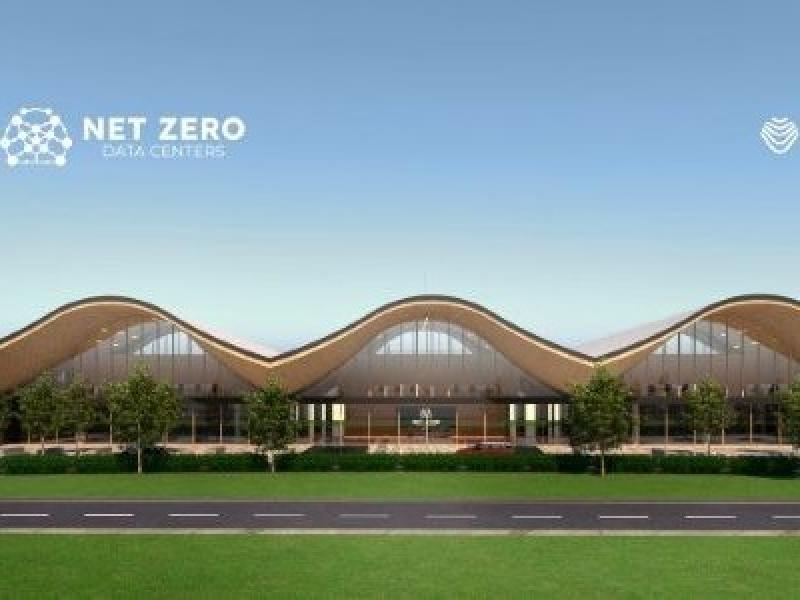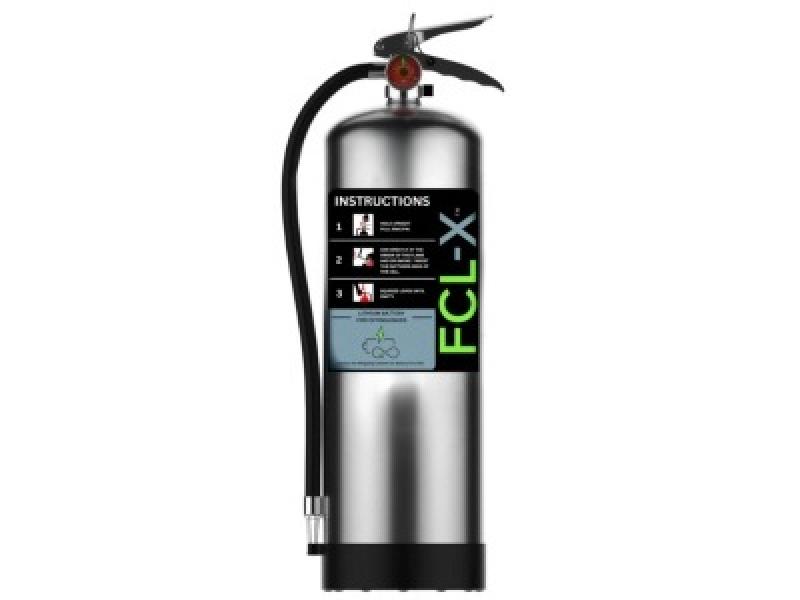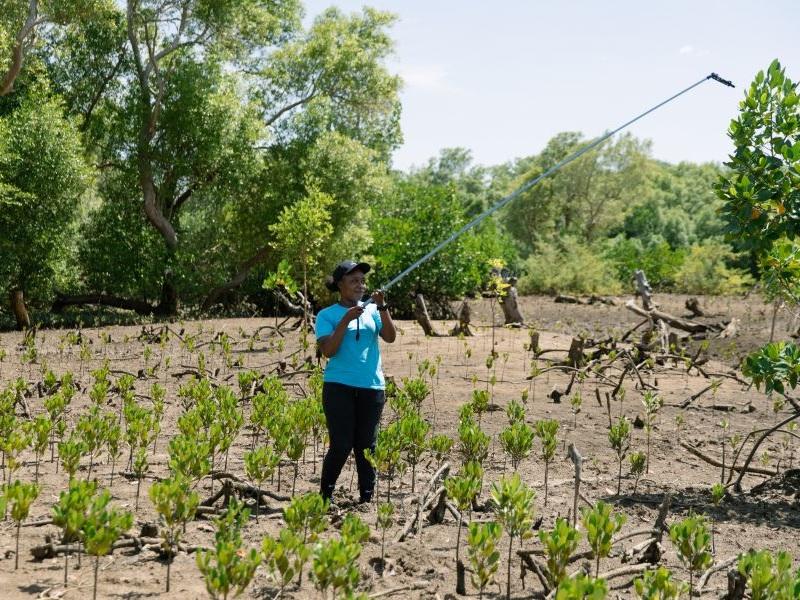
Sarah Bingham is director of development and sustainability at Adera Developments in Vancouver (Courtesy Adera Developments).
Immersion in nature has proven benefits for our health. Urban green spaces such as parks and residential green spaces help to promote the mental and physical health of residents, providing psychological relaxation and stress alleviation, while stimulating social cohesion, and supporting physical activity. These green spaces also help to reduce exposure to noise, excessive heat, and air pollutants.
At the start of the pandemic, Canadian green spaces and parks at city, provincial, and national levels, in addition to informal green spaces, reported increases in visitation. As lockdown measures tightened, the use of locally accessible natural environments rose. This heightened interest in green space and opportunities for direct outdoor access is now of high value and a real priority for homebuyers.
Integrating green spaces within a residential community can convey the same benefits. However, to fully support the benefits of these curated natural settings, a sustainable landscaping plan with geographically native and drought resistant flora should be carefully considered. This approach should be considered early in the planning stages of the development when landscape design and amenity spaces are proposed and can be most completely integrated.
Looking at landscaping from a more sustainable standpoint
Increasingly, during the summer months, shortages of water can be stressful to the landscaping. Water scarcity has promoted a recent focus on intensity levels of landscaping as well as resources needed to keep green spaces and plants alive, fundamental to sustainable landscape approaches.
Blending in seamlessly with the natural surrounding landscape, plants and trees native to a particular area should be selected that are suitable year-round. As an example, the Prairies and the West Coast of B.C. would require different tactics. Developers need to determine whether the plants they are selecting will encourage or deter wildlife activity in the area, as well as ensuring that they are safe for residents and children living and playing in the vicinity.
Many municipalities are moving towards requiring a certain percentage of native and drought- tolerant plant species, which is something that we have been implementing during the planning stages of all Adera Development projects. Plants requiring extensive water and fertilizer can be quite resource-heavy, while plants native to the area can survive and thrive without much input. Native species also provide diversity for pollinators and a sanctuary for birds and animals that manage pests.
Moving away from annuals towards perennials and plants requiring little maintenance — while seamlessly integrating with the surrounding environment — is key to a successful sustainable landscape approach. These types of choices also result in lower strata fees based on reduced resources for their upkeep, replacement, and water consumption.
Being mindful of seasonal impact and drought reduction techniques
The heat dome Canada experienced in 2021 saw an extremely intense climate in which very little vegetation survived without extensive watering. Changeable weather patterns are making it even more important for developers to plan strategically and seek out more sustainable and/or drought-tolerant solutions. A number of avenues can be explored, including the implementation of drip irrigation, which ensures less evaporation while irrigating plants. This is something that Adera has started to move towards wherever possible.
Working with landscape consultants, a developer can also incorporate certain tree species to provide shade for the comfort of its residents. By supplying a natural canopy, shade trees offer protection from the heat of the sun while lessening the impact of wind in storm conditions. Shade trees also have a cooling effect and help improve air quality. Landscape consultants help determine the positioning of such tree species as well as steps that can be taken to help them survive seasonal impacts.
Plants need water; it’s a reality, yet one that can be viewed through a more sustainable lens. Rock gardens, which are low maintenance and drought resistant, as well as tree watering bags, allow water to filter slowly into roots ensuring their survival. Natural techniques for fertilization are also a sustainable measure. In addition, moving away from diesel-powered to electric- powered tools for landscape maintenance is another more sustainable solution.
Maximizing access to green space for social benefits
While integrating green space into a development has many benefits, it can be challenging in infill or constrained sites. At Adera, we strategically look for ways to maximize access to nature, particularly in urban locations, to help incorporate social benefits when designing our outdoor spaces.
Our team also designs new projects to achieve Fitwel Certification — the world’s leading certification system committed to ensuring the health and wellness of residents. As a result, we need to further design to meet specific criteria. With access to nature being a set Fitwel requirement, this might involve items such as outdoor benches or children’s playground equipment, with landscaping fitting different forms. While these requirements are not overly onerous, they have clear benefits for residents.
Social benefits can be achieved through the incorporation of amenities such as co-working lounges and party rooms that open up onto shared courtyards, or rooftop decks with community gardens and putting greens as a complement to dining and fireside lounge areas. Community gardens are excellent because they encourage residents to get hands-on with soil and understand how food is produced. This form of amenity also encourages waste reduction, empowering people to source herbs from their garden over store-bought versions in plastic packaging.
Green spaces, especially those maintained through sustainable landscaping, can have a positive environmental impact and a lasting impact for residents in terms of social and psychological benefits. As the effects of climate change prevail, developers need to explore ways to reduce their carbon footprint and find sustainable landscaping techniques that fit into this model.








